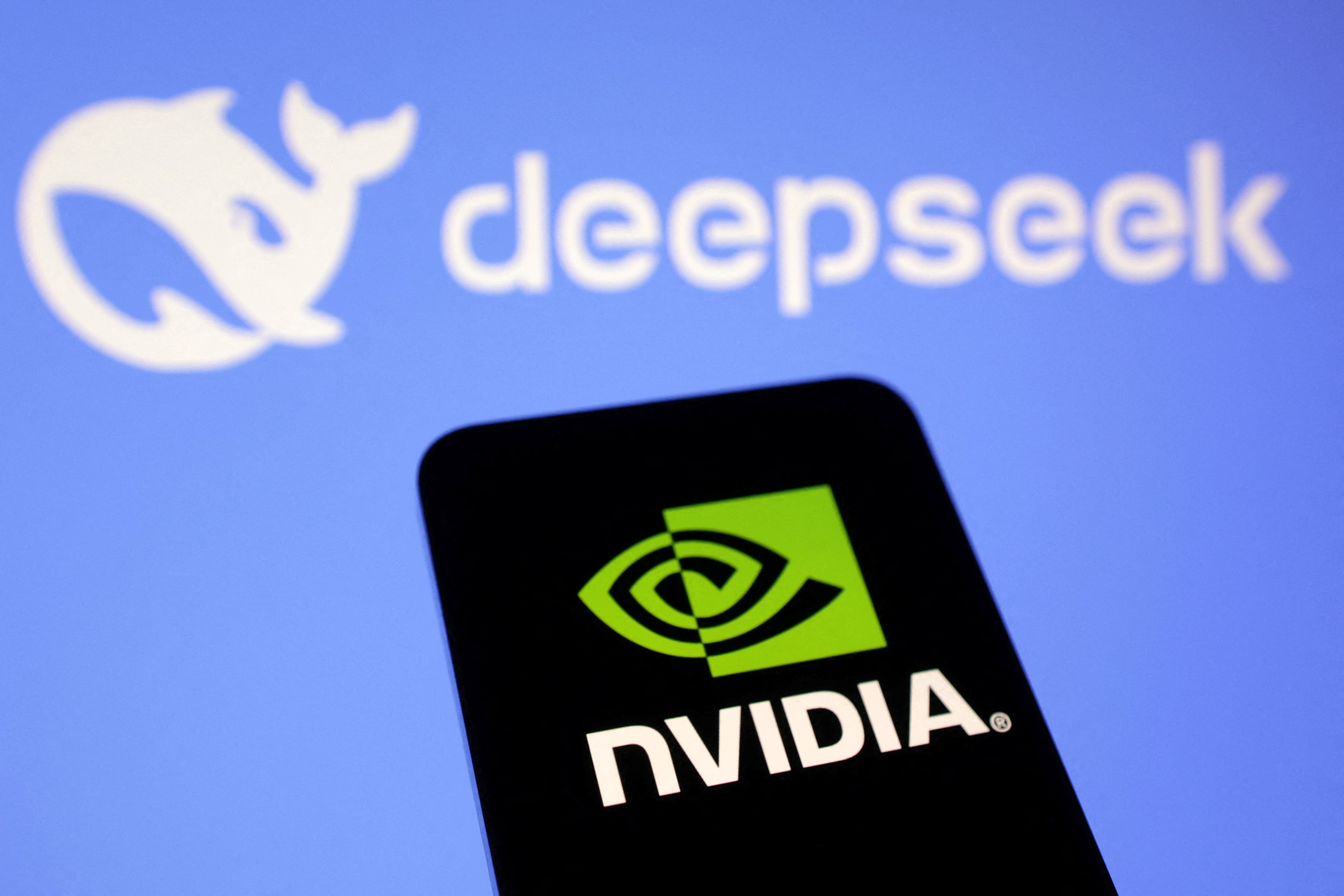I Called Nvidia a Bubble. I Was Wrong.

For months, my position on Nvidia was clear, firm, and, I thought, unshakably logical. I wasn't just a skeptic; I was a public critic. In columns, on podcasts, and in private conversations, I laid out a case that felt not just compelling, but self-evident. To me, the writing was on the wall, and it spelled 'C-I-S-C-O'. I saw the dizzying stock chart, the market frenzy, and I drew a straight line back to the dot-com bust of 2000. This was history rhyming, and I wasn't going to miss the tune.
My argument rested on two pillars of what I considered damning evidence. First, the headlines detailing over a billion dollars in stock sales by the very executives who should have the most faith in the company's future. When I saw the Financial Times report that CEO Jensen Huang and his inner circle were cashing out, my confirmation bias klaxon blared. It was the ultimate signal, a vote of no-confidence from the bridge of the Titanic itself. How could investors ignore the captains heading for the lifeboats? Second, the Cisco analogy felt too perfect to ignore. A company providing the essential 'picks and shovels' for a technological revolution, its valuation soaring to unsustainable heights on the promise of future growth. I saw the same patterns, the same breathless hype, and I was convinced I saw the same inevitable ending: a painful, precipitous crash that would humble a generation of investors.
I was so certain of this narrative that I almost missed the moment it began to fracture. The catalyst wasn't a single event, but a slow, creeping cognitive dissonance. It started one evening as I was outlining yet another article on the 'Nvidia bubble.' I was pulling the insider sales data for dramatic effect, but this time, I clicked a step further. I didn't just look at the total value sold; I looked at the filings themselves—the Form 4s and the 10b5-1 plans they were tied to. And what I saw didn't fit my 'panicked exit' narrative.
These weren't rash decisions made in a boardroom last week. Many of these sales were part of pre-scheduled trading plans established months, sometimes over a year, in advance. This is a standard, SEC-sanctioned practice for executives to liquidate portions of their holdings without being accused of trading on non-public information. It’s financial planning 101. Then I did the math that the screaming headlines conveniently omit. I looked at the percentage of total holdings these sales represented. For Jensen Huang and others, whose personal wealth is almost entirely denominated in Nvidia stock, these billion-dollar sales represented a tiny fraction of their overall stake. It was a difficult realization: what I had interpreted as a fire alarm was, in reality, a disciplined, prudent act of diversification. They weren't abandoning the ship; they were responsibly managing a personal portfolio that had grown by an astronomical amount. The story wasn't fear; it was financial stewardship. My first pillar of certainty began to crumble.
With that crack in my foundation, I decided to re-examine the Cisco comparison with genuine intellectual honesty. My old belief was that Nvidia was just selling hardware for the 'AI gold rush,' a rush that would eventually slow as the big tech players—the Metas, Googles, and Microsofts—became saturated. This was the core of the bubble thesis: a cyclical boom nearing its peak. But as I dug deeper, I was confronted with a concept I had previously dismissed as marketing jargon: 'Sovereign AI.'
I started reading not just tech blogs, but policy statements and national strategy documents from countries like the UAE, Saudi Arabia, France, Japan, and Canada. They weren't just 'buying GPUs'; they were building national AI infrastructure. This wasn't about serving better ads or powering a consumer chatbot. This was being treated as a matter of national security, economic competitiveness, and cultural preservation for the 21st century. The realization hit me hard: Nvidia isn't just selling to a handful of Big Tech companies in a cyclical market. It is selling to the world's governments in a new, secular arms race where AI capability is the weapon. This is a completely new, multi-hundred-billion-dollar addressable market that did not exist for Cisco. The demand isn't just from corporations seeking profit; it's from nations seeking relevance and survival. This fundamental difference doesn't just challenge the Cisco analogy; it shatters it.
Finally, I looked at the company's behavior. A company at the peak of a bubble, drunk on its own success, becomes arrogant. It ignores its critics and its customers. That was the Nvidia I had in my head. Yet, the persistent, coordinated leaks around the upcoming RTX 50 SUPER series painted a different picture. For years, the core complaint from the PC gaming community has been about VRAM. The leaks, appearing across multiple tech outlets, all point to the next generation of consumer cards directly and generously addressing this very issue. This wasn't the action of a complacent monopolist. It was the action of a company that, even while dominating the multi-trillion-dollar data center market, was still listening intently to its original consumer base. It demonstrated a groundedness and responsiveness that directly contradicted the image of a company lost in hubris.
It’s not easy to admit when your entire framework for understanding a situation is wrong. The narratives of insider panic and historical bubbles are simple, clean, and compelling. But they are also, in this case, profoundly misleading. Looking past the headlines revealed a story of prudent financial management, not fear. Looking past the historical analogies revealed a new, unprecedented global market driven by national sovereignty, not corporate speculation. And looking at the company's actions revealed responsiveness, not arrogance. I still believe in healthy skepticism, but my skepticism about Nvidia was misplaced. I was so focused on looking for the ghost of Cisco that I failed to see the global industrial revolution happening right in front of me.